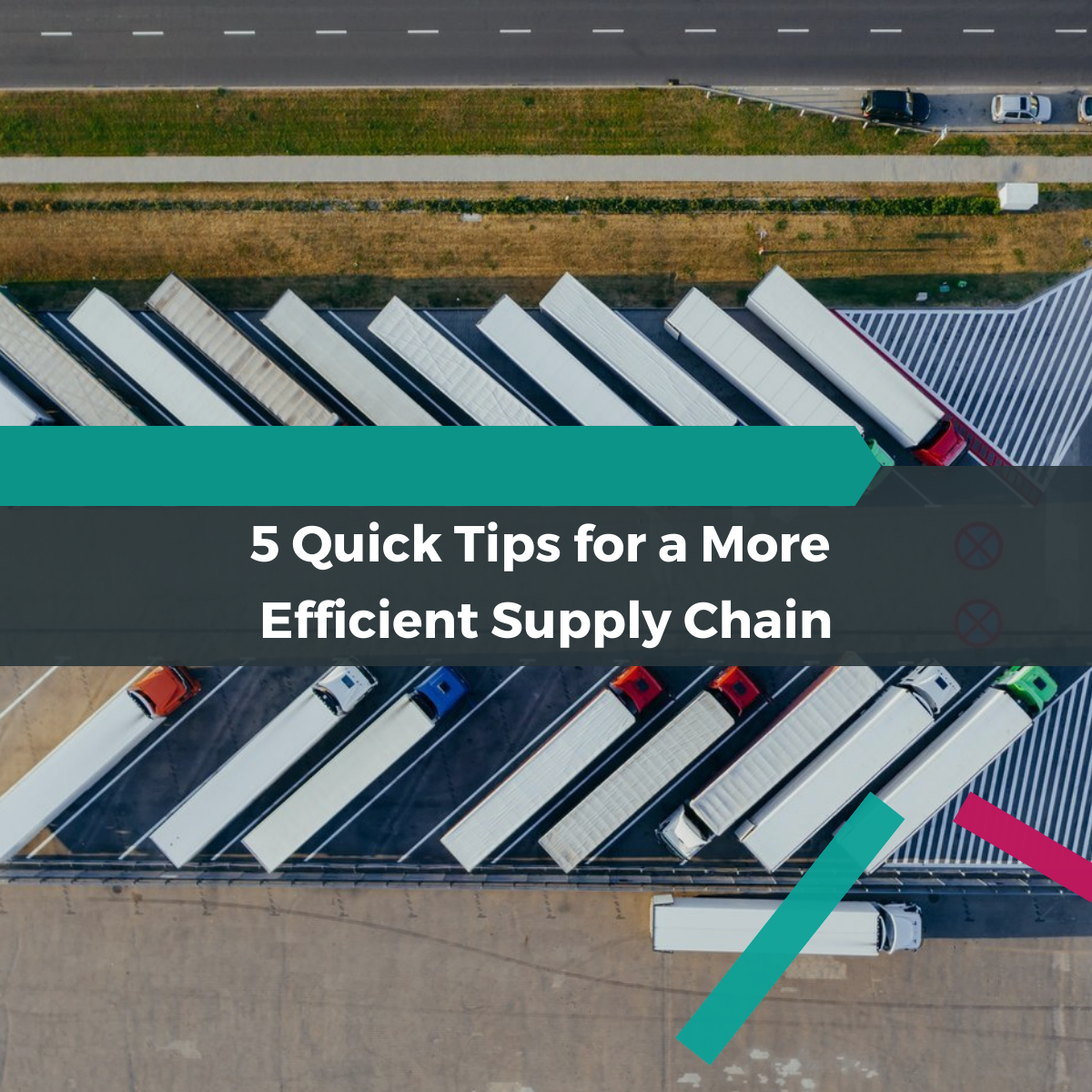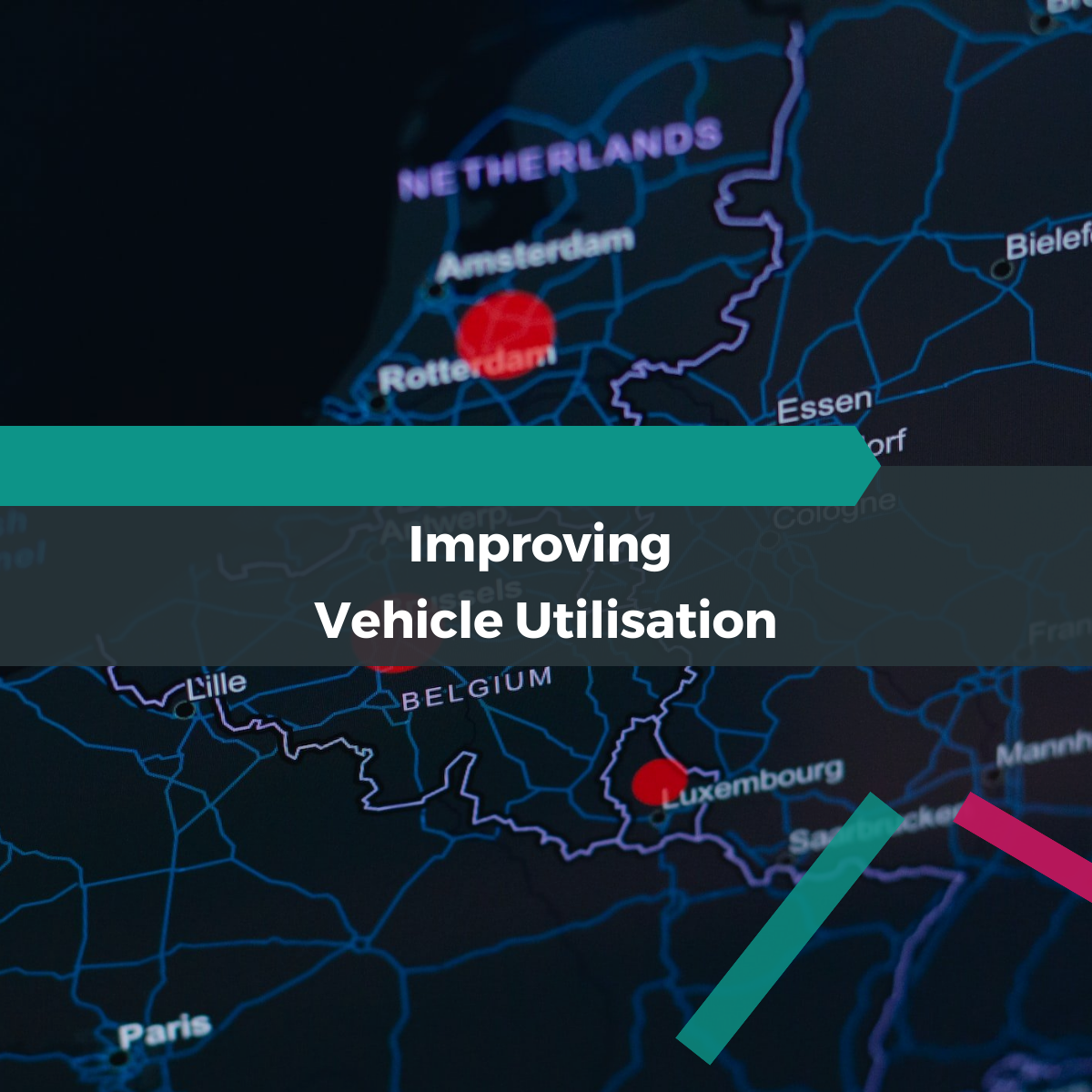Unlocking Savings in the Supply Chain: 5 Key Strategies to Reduce Transport Costs.

Given the intricacies of supply chains, which span globally and form complex webs, maximising resources and reducing costs can be a challenging task.
When it comes to booking transport, numerous factors need to be taken into consideration. When this is expanded to encompass an entire operation, it can make the task almost daunting.
Every wasted resource carries a price tag, so what steps can we take to optimise an operation to reduce transport costs?
Find the most suitable haulier for the job
Working with the most suitable haulier based on load type, pallet quantity and geographic location etc. can significantly reduce your transport costs.
For example, if you’re contracting a haulage company based in Wales to collect a load in Scotland, you are most likely going to pay for the additional mileage.
Working with a range of trusted hauliers allows you to access to a broader network of options to find the most cost-effective solution for your specific transport needs.
Spot loads or contracted lanes
Utilising both spot loads and contracted lanes can work to save you money on transport, provided that you approach them with the right strategy and execution.
Optimise your spot shipping by avoiding booking last-minute loads, providing comprehensive load details and maintaining effective communication throughout the process to avoid possible delays and demurrage.
Optimise your regular work through contracts to receive stable but competitive rates. This also creates reliability and efficiency in your planning.
And don’t forget to regularly review and/or re-tender your contracted lanes to ensure you are receiving the most competitive pricing. Market conditions change regularly, so periodic re-tendering helps secure cost-effective contracts.
Embrace technology
Using a transparent, online marketplace can revolutionise your transport procurement, you can gain streamlined solutions to connect to a large network of pre-vetted hauliers.
By leveraging these platforms, a company can upload jobs to the network in a matter of seconds, compare rates, book loads and communicate directly with the haulier all in one place.
This not only significantly reduces the time dedicated to these tasks but also garners more competitive quotes, ultimately resulting in substantial savings on transport costs.
Automate and simplify your processes
As mentioned above, simplifying your admin is another way to reduce time and therefore overheads.
It could be as simple as automating repetitive tasks or streamlining communication channels.
For example, one option is to leverage an online marketplace, which allows for centralised invoicing across multiple hauliers and communication for multiple players in one place.
Harness the power of data for resource utilisation
Harnessing the power of data and analytics can unlock valuable insights for how you can optimise your transport.
By analysing supply chain data, businesses can identify patterns, bottlenecks and areas for improvement.
Data and analytic tools can optimise resource utilisation, in areas such as route planning, load distribution, and shipment consolidation, leading to reduced transportation costs and improved operational efficiency.
And as a double win, minimising inefficiencies also leads to reduced CO2 emissions.
What could saving 15-20% of your logistics spend mean for your business?
































